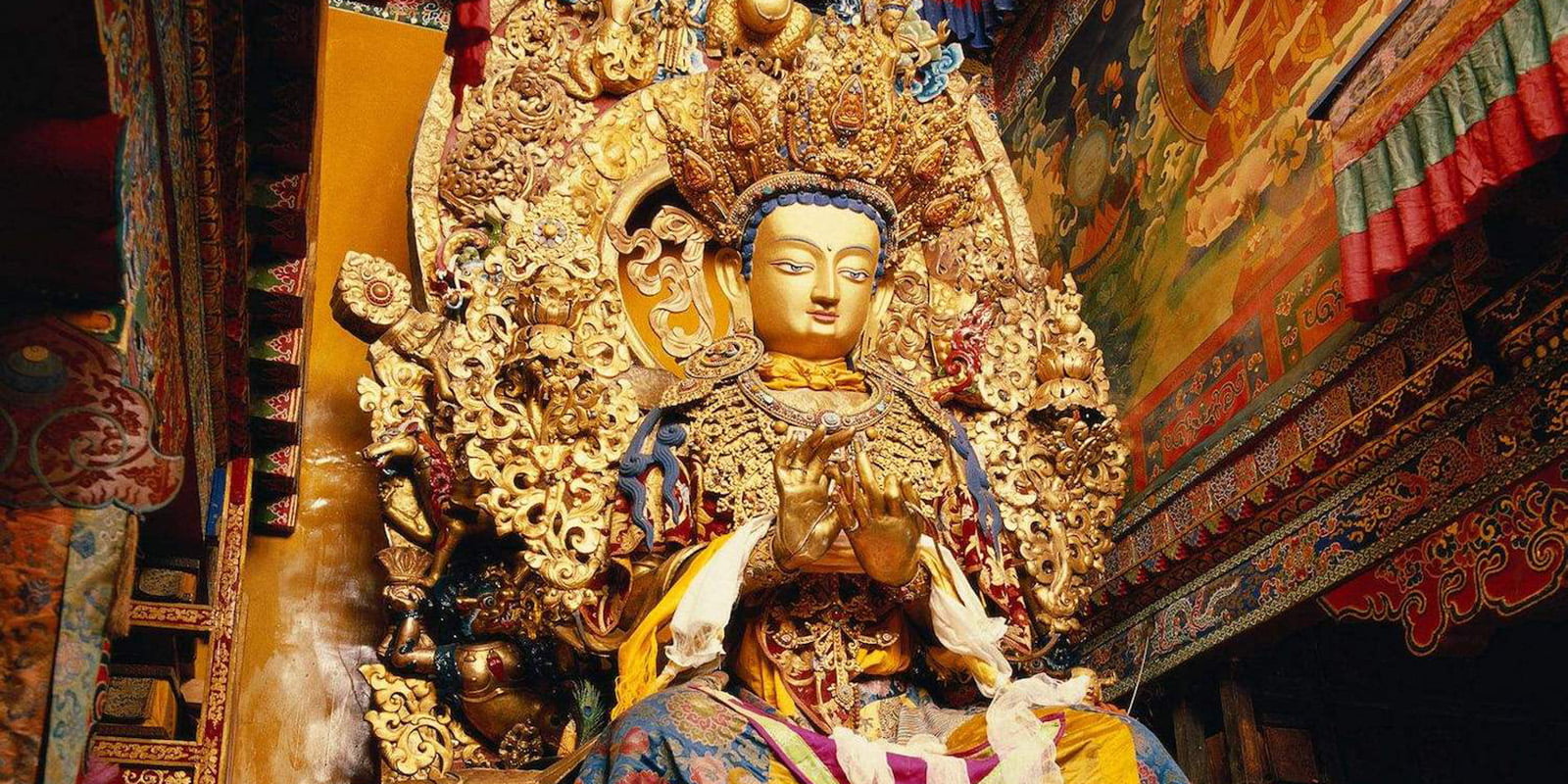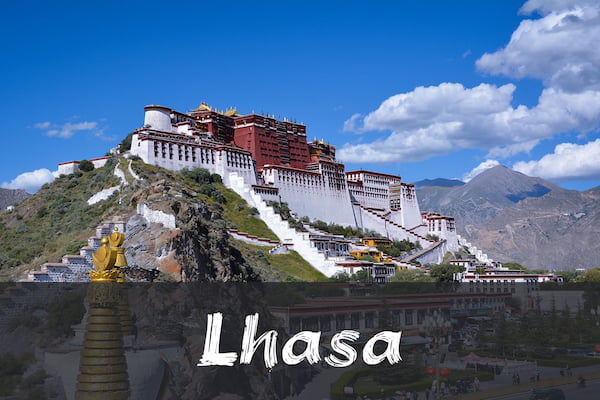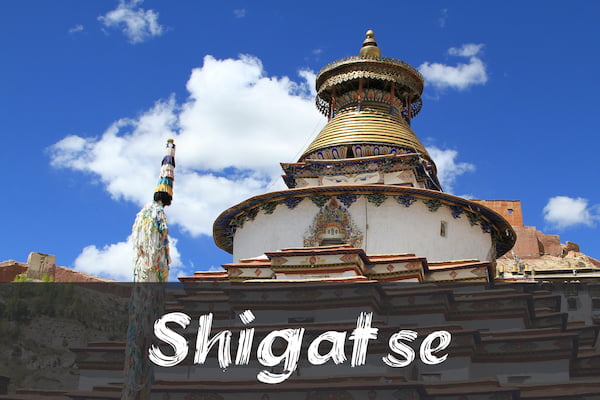
Tibet is famous for its sacred monasteries and holy mountains and lakes. For western travelers, we usually recommend them taking a 5-days-4-nights tour; two days visit the highlights of Lhasa, Potala Palace, Jokhang Monastery, Barkhor Street, Norbulingka, Drepung Monastery, and Sera Monastery; the other day, visit Yamdrok Lake or Namtso Lake.
For adventurers, the overland tour from Lhasa, Gyantse (Palcho Monastery), to Shigatse (Tashi Lhunpo Monastery) and Everest Base Camp is the perfect option; also, an extension tour to Ngari Prefecture (Lake Manasarovar, Mount Kailash, and Tsaparang) can be added after visiting the Shigatse area.
Because of the high elevation, most of the central and western parts of Tibet are deserted. The eastern part of Tibet, which borders Sichuan and Yunnan Provinces, has the most stunning sceneries of the mountains, virgin forests, and lakes. For luxury adventurers, the overland tour from Shangri-La to Lhasa with Songtsam hotels is the most recommendable.







